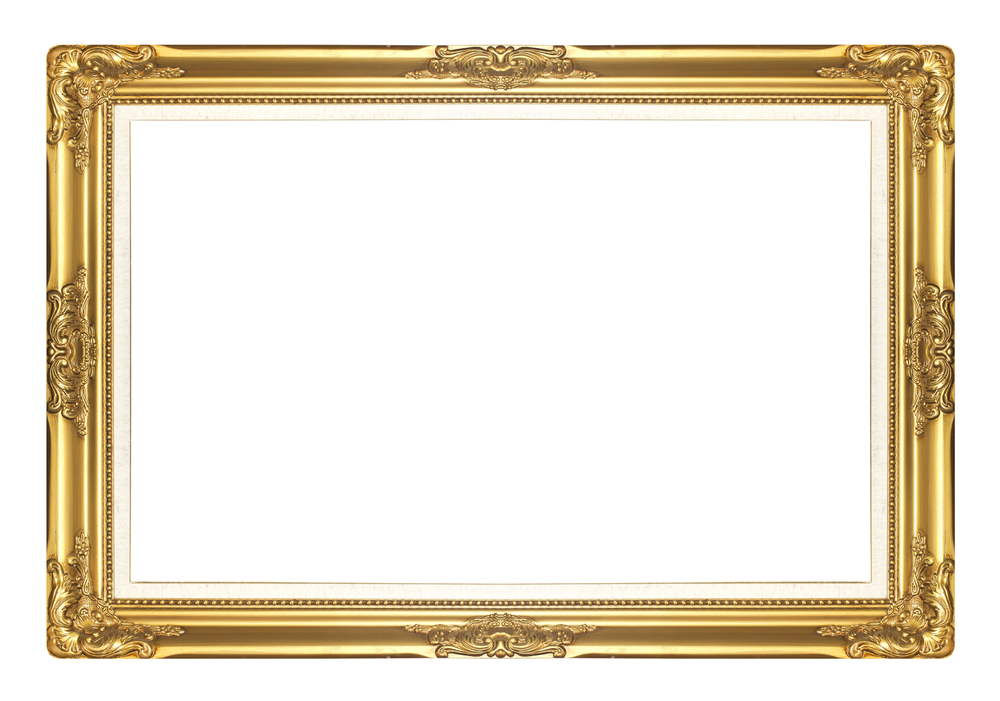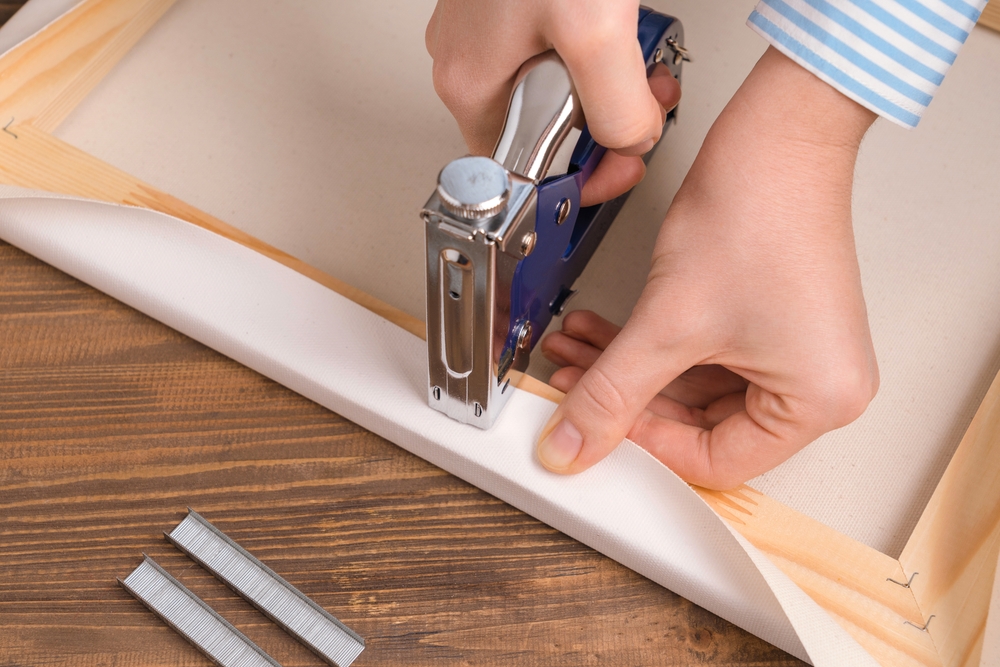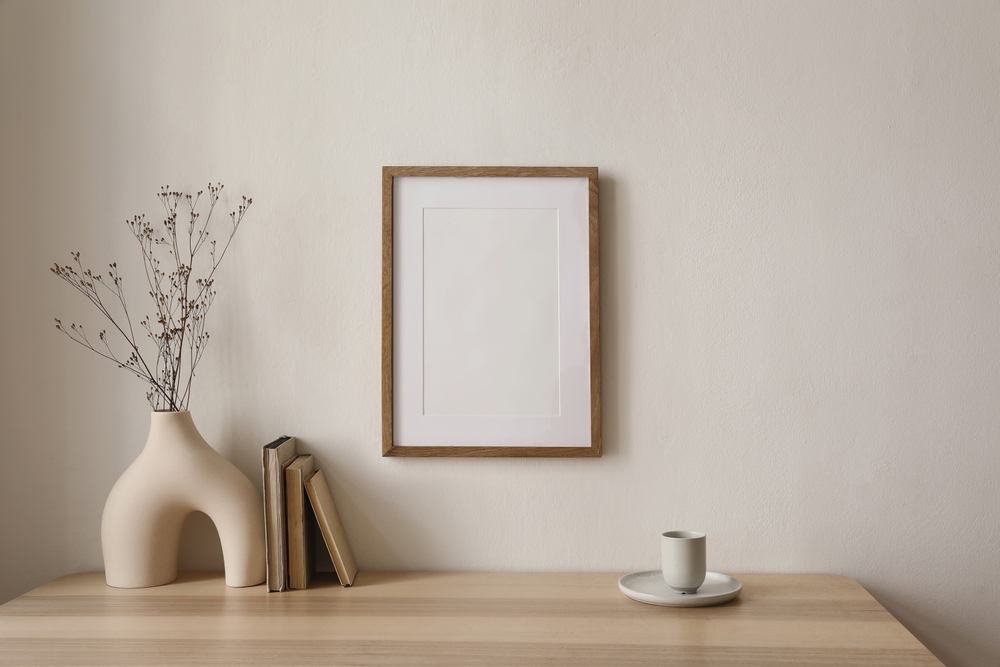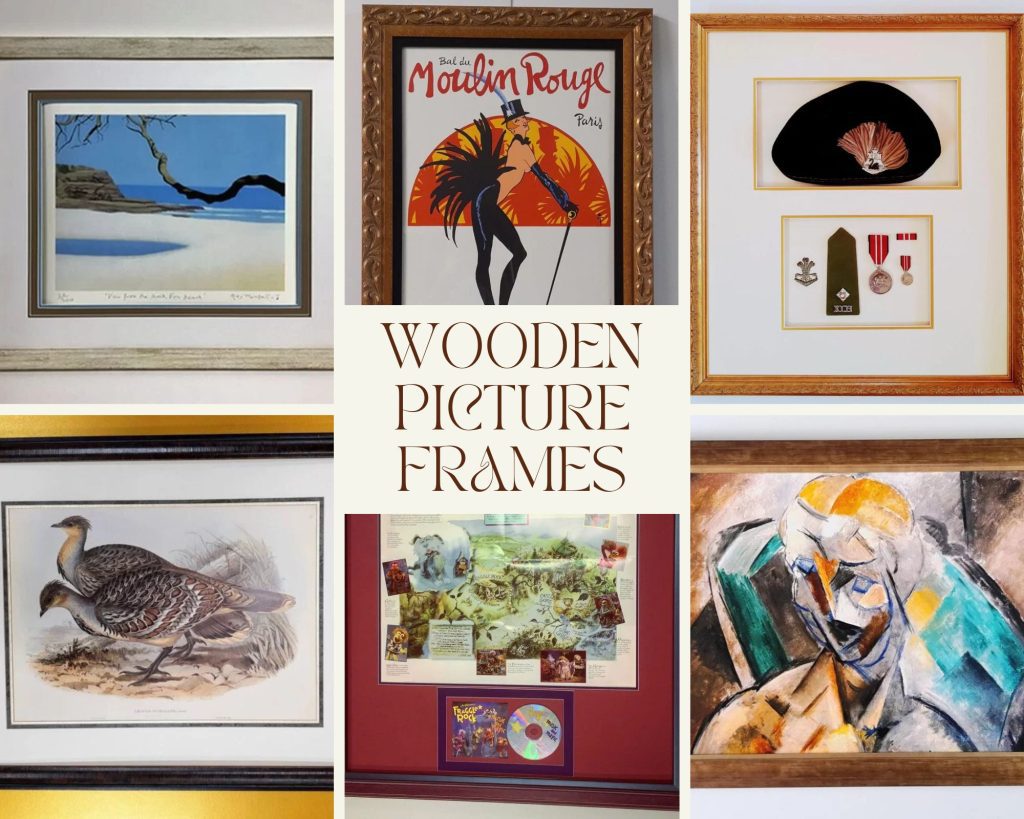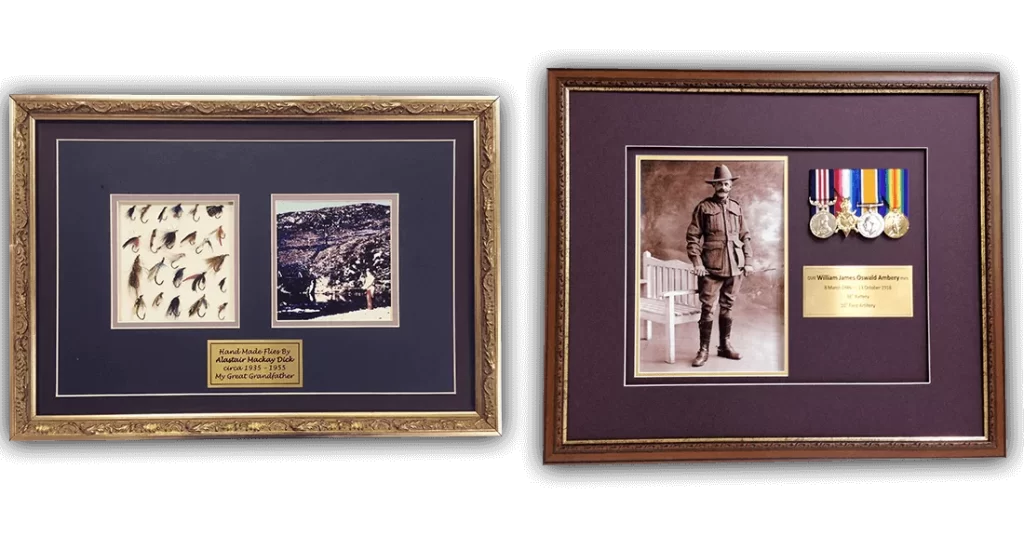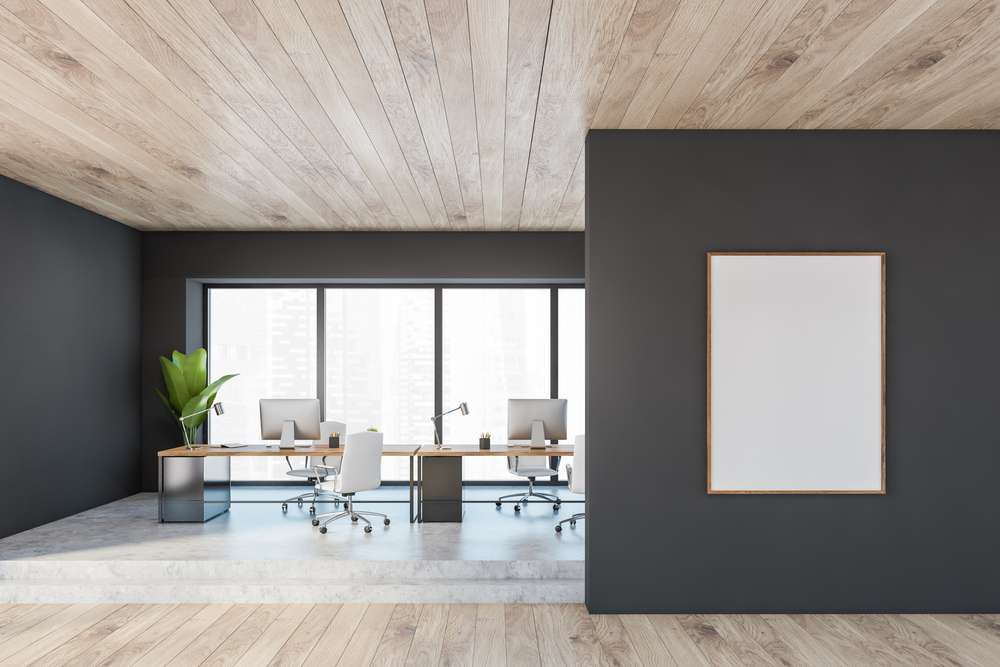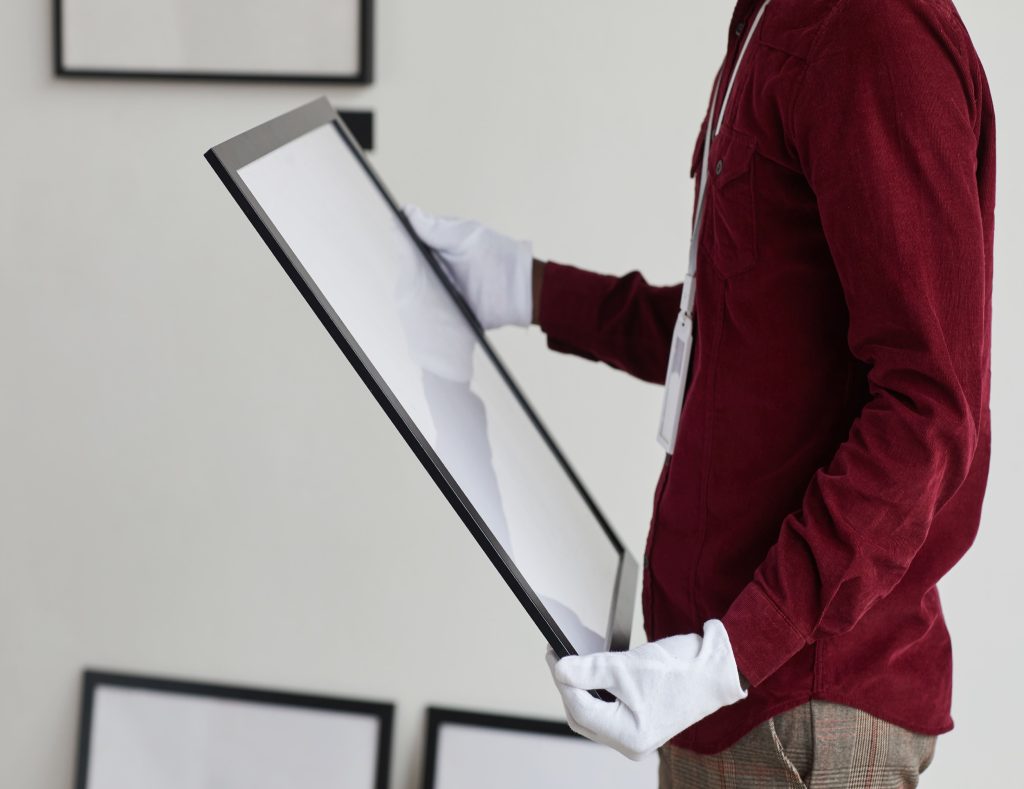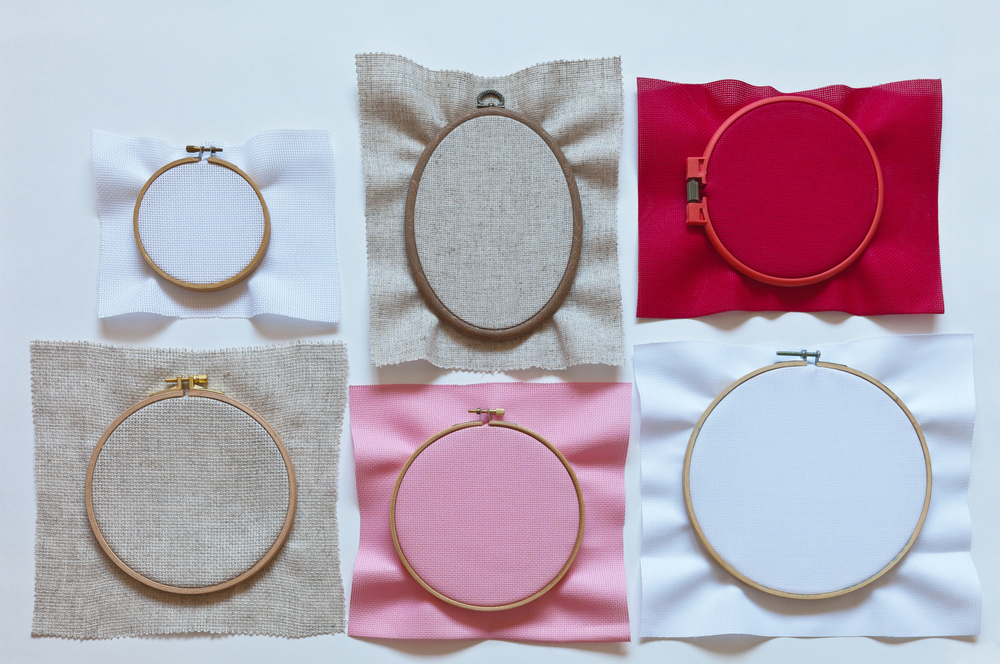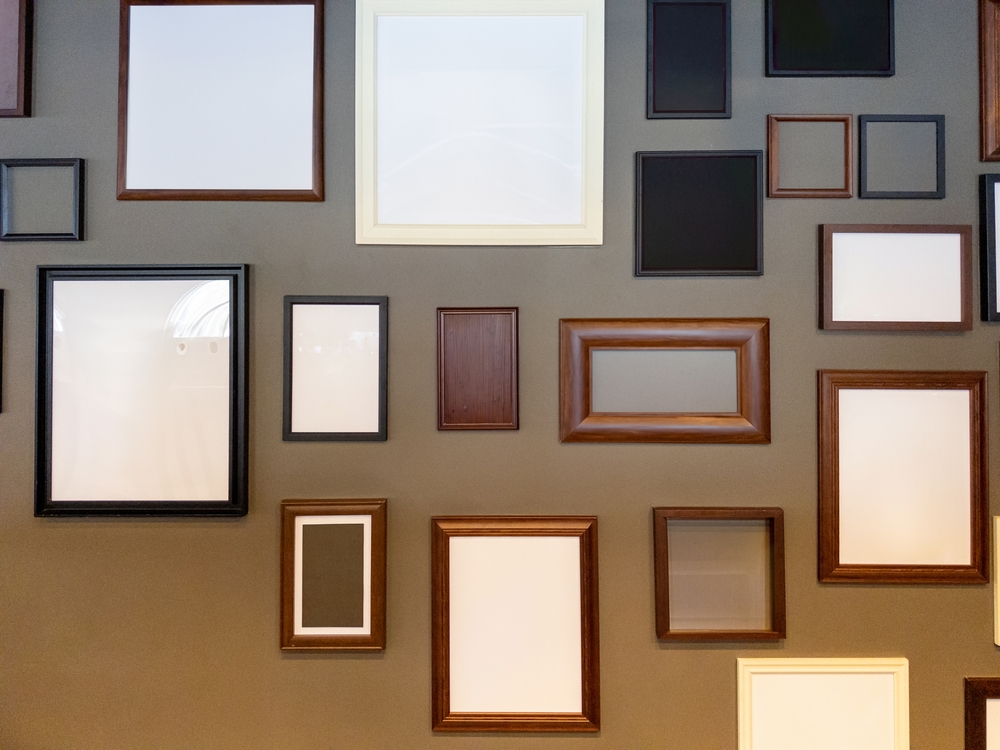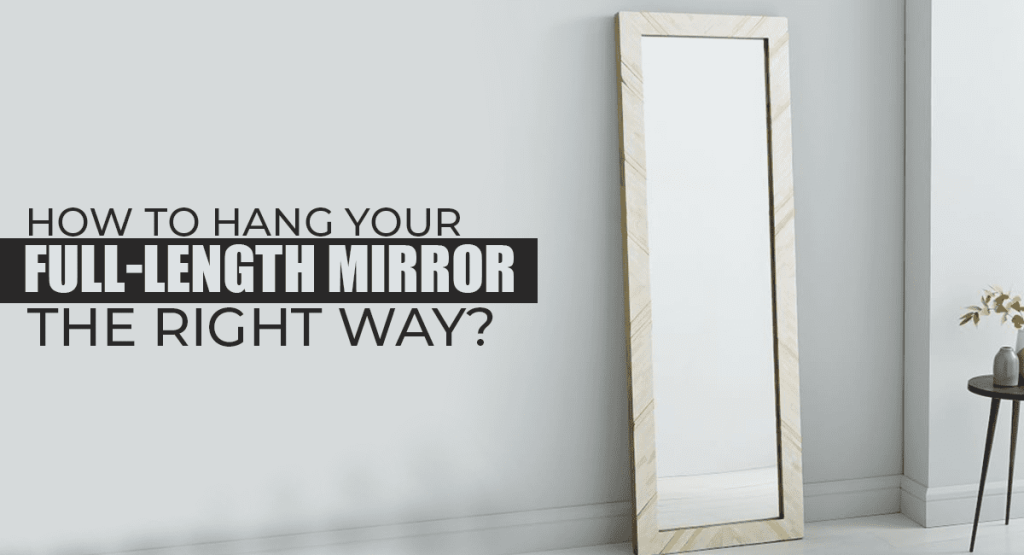11 Tips to Enhance the Look of Your Picture with Framing
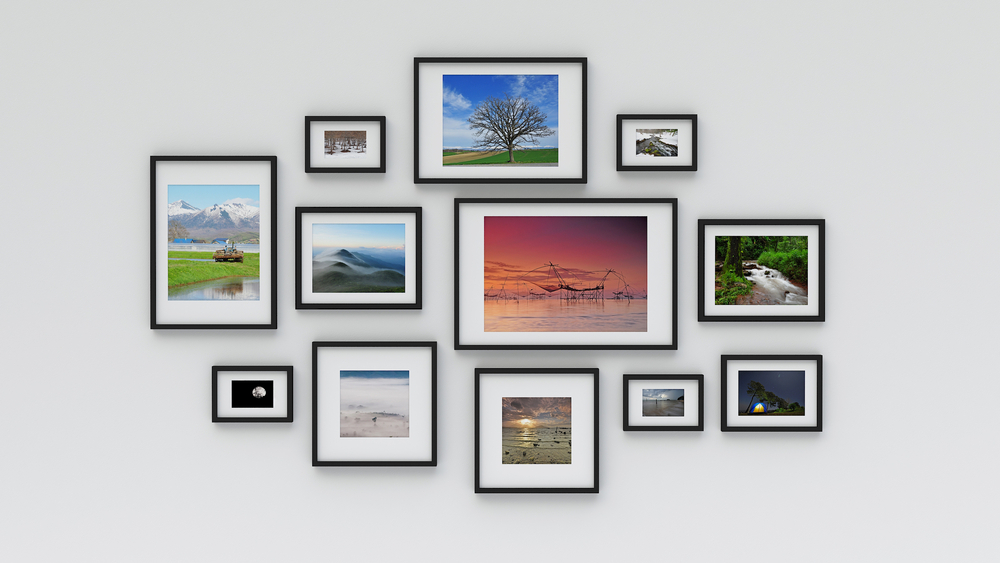
Got that dreamy click or perfect photo you’re itching to show off? It can be a wild holiday snap or a memorial of your family moments.
But how do you frame a picture it to make it the central piece of your living room? It will not be done by just slapping a border, but bringing the best out of it. Your favourite picture with framing so exquisite that no one can take their eyes off it.
These top 11 picture framing tips will help you. So, you can create a masterpiece wall hanging out of any photo.
Framous Picture Framing is helping people turn their treasured pictures into stunning displays since 1985. Our team of experts is here to guide you through every step of the process. Blending the framing basics with creativity and care.
Let’s start revealing the secrets of photography and framing.
11 Tips to Enhance Your picture with Framing
So, how to frame a picture in a way that it stands out in whole room. Let’s find out with our expert tips and tricks reported by our framing experts.
1. Choose the Perfect Picture to Frame
You can’t figure out how to frame photos without having a thorough look on picture itself. Is it a family portrait, a landscape shot, or a modern piece of art? Each image has its own style and mood. Know what you’re working with and then choose a frame that complements it.
2. Measure Your Wall Space with Care
It’s easy to get carried away with a frame, only to realise later that it doesn’t fit your wall. Grab a tape measure and jot down the dimensions of your space. Your picture with framing shouldn’t overwhelm the area. But rather, sit perfectly as part of your room’s aesthetic.
3. Create a Paper Layout for Experimentation
Want to see how your framed photo will look before making any holes in your wall? Try a paper layout. Cut out paper to the size of your frame and stick it to your wall with painter’s tape. This simple trick will let you move things around and visualise the final effect.
4. Customise the Frame for a Perfect Fit
Off-the-shelf frames rarely match to the aspect ratio of your picture. That’s why framing images always require a custom frame. Get yourself a frame that not only fits your photo but enhances its story and mood. No more one-size-fits-all!
5. Select Protective, Non-Reflective Glass
When choosing your frame, consider the glass as well. It should be able to protect your picture from dust & moisture. Non-reflective, UV-protective glass is ideal if your picture will hang in a bright room. It protects the artwork and cuts down on glare, so you can always see your photo of framing clearly.
6. Match the Frame’s Colour and Style
The frame isn’t just a border, but part of the artwork. Try to pick a frame that echoes the tones and feel of the picture. For example, an antique painting pairs well with a classic wooden frame. While a modern print looks great in a shiny metal one.
7. Add a Mount & Mat Board
Matboard separates the picture of framing from glass while mount provides a backing to avoid any damage. They can add elegance and breathing room around your picture. Plus, add an extra layer of protection around it. Choose a mat that complements the colours in your artwork.
8. Hang Your Picture at the Right Height
Don’t forget to consider where your framed piece will sit on the wall. It shouldn’t be too high or too low. The centre of the picture should be at eye level, which is about 145–155 cm from the floor. This way, your picture will be seen and admired easily.
9. Enhance with Extra Surroundings
Sometimes, a single picture looks even better when surrounded by others. Think about hanging several smaller frames together for a gallery wall. But keep the colour and design coordination in mind. It will create a visual interest and tell a bigger story.
10. Keep It Simple Because Less is More
It’s tempting to go all out, but sometimes simplicity works best. Let your picture shine by keeping the frame and matting clean and minimal. Also, don’t gather too many stuff around it. A simple arrangement won’t feel dated for years.
11. Care for Your Frame and Artwork
Once you have hanged your picture with framing, take a step back and admire it. And don’t forget to it the love it deserves! Dust it regularly and avoid hanging it in direct sunlight or damp areas. A little care goes a long way in preserving your cherished memories.
Want help bringing your vision to life?
Let Framous Picture Framing Help Your Photo with Framing
At Framous Picture Framing, we’re your creative partners. Ready to transform your cherished memories into stunning displays. With the largest range of frame mouldings and matting in Midland. Plus, expert guidance every step of the way. So, all your framing and photography dreams can come to life.
Browse Our Top Framing Samples
FAQs
How do I choose the right frame for my picture?
Consider the style, colours and mood of your photo. Then, pick a frame that complements them without overshadowing the artwork.
How do I frame a picture without damaging it?
Use acid-free materials, protective glass & quality frame. Also avoid direct contact between the artwork and glass with mount and matting.
What is the best height to hang a picture?
Aim for eye level, around 145–155 cm from the floor to the centre of the picture.
Can I change the frame later if I want to?
Yes! A custom frame can always be swapped for a new look in the future. Remove the frame and your picture will be still looking like new.
Should I use a mat board when framing?
A mat board adds elegance, protects the photo, and helps balance the design.How do I clean a framed picture?
Use a soft & dry cloth to remove the dust. Avoid harsh chemicals to keep your frame and glass spotless.

